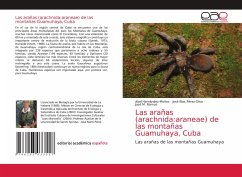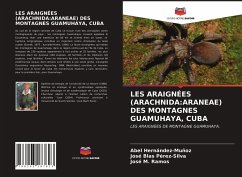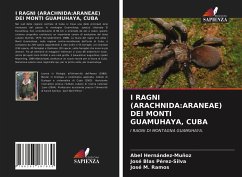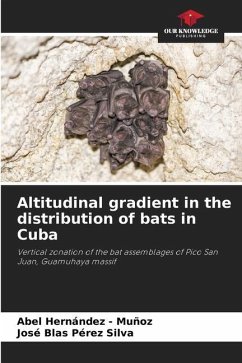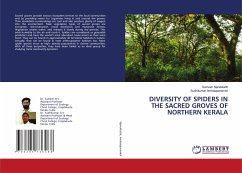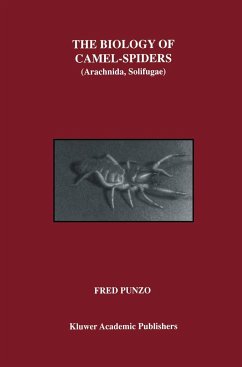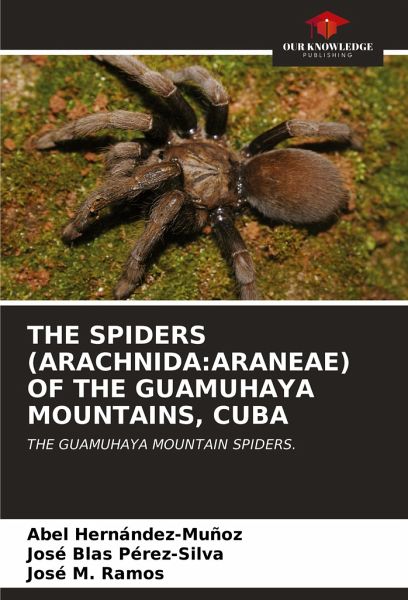
THE SPIDERS (ARACHNIDA:ARANEAE) OF THE GUAMUHAYA MOUNTAINS, CUBA
THE GUAMUHAYA MOUNTAIN SPIDERS.
Versandkostenfrei!
Versandfertig in 1-2 Wochen
26,99 €
inkl. MwSt.

PAYBACK Punkte
13 °P sammeln!
In the south of Cuba's central region is one of the country's main mountainous areas: the Guamuhaya Mountains, often referred to as El Escambray. With an extension of 80 km and oriented from east to west, this orographic system constitutes an important center of evolution of the Cuban biota (Samek, 1973; Iturralde-Vinent, 1988). The spider fauna that inhabits the Guamuhaya Mountains, in the south-central region of the island of Cuba, consists of 239 species belonging to eight orders and 55 families, with Araneae (194 species, 40 families) and Opiliones (20 species, seven families) being the mo...
In the south of Cuba's central region is one of the country's main mountainous areas: the Guamuhaya Mountains, often referred to as El Escambray. With an extension of 80 km and oriented from east to west, this orographic system constitutes an important center of evolution of the Cuban biota (Samek, 1973; Iturralde-Vinent, 1988). The spider fauna that inhabits the Guamuhaya Mountains, in the south-central region of the island of Cuba, consists of 239 species belonging to eight orders and 55 families, with Araneae (194 species, 40 families) and Opiliones (20 species, seven families) being the most diverse. Among the elements of greatest interest are 66 local endemisms, some of which are restricted to a single cave. The Gaucelmus augustinus spider Keyserling, 1884 (Nesticidae) constitutes a new record for the fauna of Cuba. Numerous species are recorded here, for the first time, for Guamuhaya.






